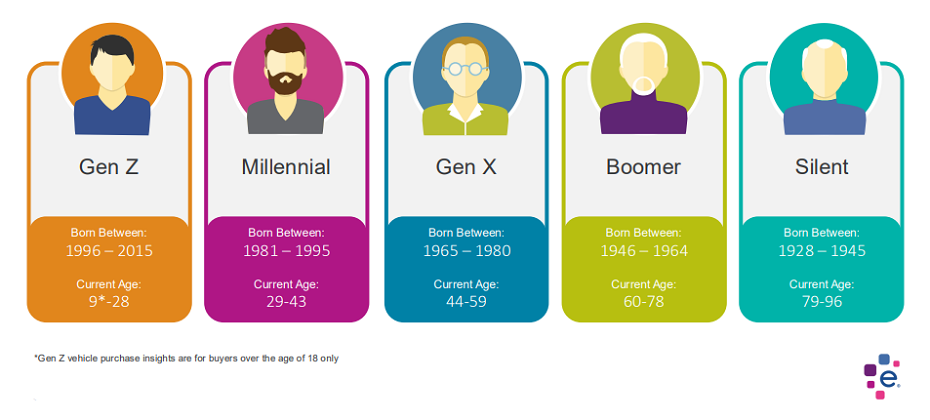There is a myth in the automotive industry that the average age of a vehicle can tell us whether or not vehicles are lasting longer than before. But the reality is, the average vehicle age is not as old as it seems and cannot necessarily tell us about the longevity or durability of vehicles on the road. In the Q1 2021 Market Trends Review, we took a deep dive into the data to explore the average age myth, identify the most realistic way to pinpoint average age, and explore other ways to inform aftermarket strategy.
Fact Versus Fiction
It is commonly believed that the average vehicle age can help determine the longevity and durability of a vehicle, as well as the potential growth or decline for aftermarket service dollars. The issue with that premise is that the average age can vary depending on which model years are considered and if the vehicles are “daily drivers.”
For example, the most current 25 model years (1997-2022) made up 94.5% of vehicles in operation through Q1 2021, while model years 1967 to 1996 accounted for less than 6%. If we calculate the average vehicle age including all model years between 1967 to 2022, it will result in an average age of about 11.88 years old. However, just looking at the most current 25 model years, the average age is actually about 10.72 years old.
A result of including all model years from 1967 to 2022, is an inflated average age. Including the non-daily operators, which are usually antique vehicles, isn’t a good indicator of typical, daily vehicle service needs. And, adding an additional model year to the fixed base falsely increases the overall average age volume over previous years, further inflating the numbers. Instead, focusing on the most recent 25 model years paints a more accurate picture of the daily drivers on the road, which can help inform strategy—but there are additional data points that are more informative.
Growing Sweet Spot Key to Understanding Aftermarket Expectations
While the average age alone may not be able to signal aftermarket needs, there are other data points that do. One major consideration is the aftermarket “sweet spot.” The aftermarket sweet spot identifies vehicles that fall within the six-to-12-years old range and may need more advanced maintenance repairs sooner rather than later.
In Q1 2021, 94.2 million vehicles, or 33% of the vehicles in operation, fell within the sweet spot, a more than 7% increase compared to Q1 2020. This can mean big opportunity for the aftermarket.
But a strategy should never be built off a single data point. For aftermarket professionals to adequately prepare to service these vehicles, they first need to know which vehicles are currently on the road. Full-sized pickups (16.2%), entry-level CUVs (10.6%) and mid-range standard cars (9.6%) made up the top three vehicle segments on the road through the first quarter. Meanwhile, the Ford F-150 (3.7%), Chevrolet Silverado 1500 (2.7%) and Toyota Camry (2.4%) accounted for the top three make and models on the road.
Besides those vehicles currently in the sweet spot, there is also opportunity when looking towards the future. The next few years are expected to bring even more vehicles into range. 2017-2019 model year vehicles each have over 16 million vehicles positioned to enter the sweet spot. That is over 40 million pre-sweet spot vehicles.
While average age alone may not be the best way to inform aftermarket business strategy, the sweet spot remains an important indicator for future service needs. As aftermarket professionals continue to strategize for their businesses, leveraging data will allow them to anticipate consumer needs and drive their business goals forward.
To learn more about average age, the aftermarket sweet spot, and other trends, watch the full Q1 2021 Market Trends Review webinar.



